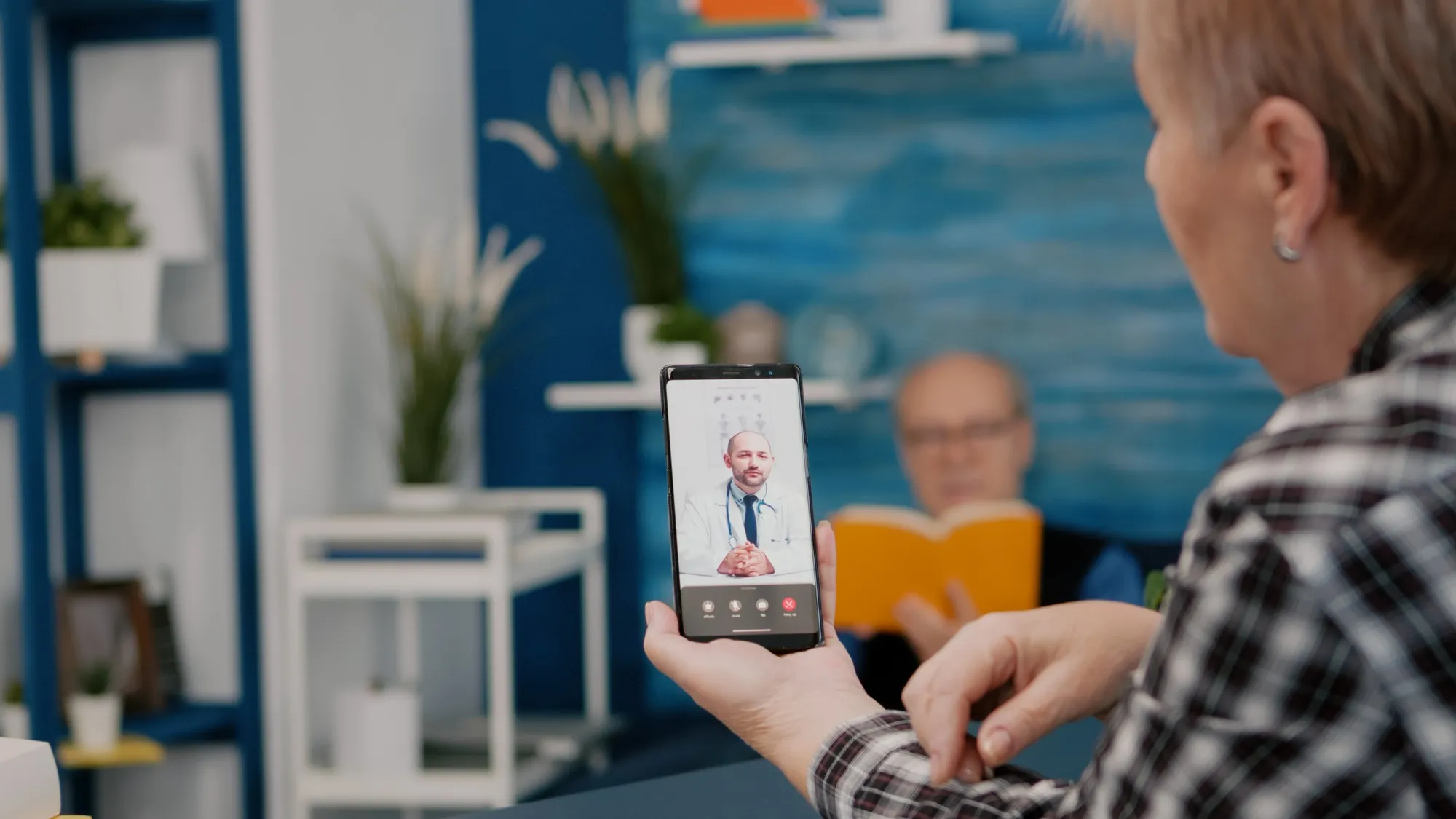Keywords
1. Diabetic Foot Ulcer Management
2. WhatsApp Telemedicine
3. Negative Pressure Wound Therapy
4. Remote Wound Monitoring
5. Telehealth Diabetic Care
In a pioneering study published in the “Journal of Tissue Viability,” researchers have made a significant breakthrough in the treatment of diabetic foot ulcers (DFU), which are known to cause complications leading to amputations and premature mortality. The study, titled “Monitoring negative pressure wound therapy for diabetic foot ulcers using WhatsApp,” is a landmark investigation into the effectiveness of using the instant messaging application WhatsApp for monitoring the progression of DFUs treated with negative pressure wound therapy (NPWT).
DOI: 10.1016/j.jtv.2024.01.001
For decades, diabetes has been a widespread condition affecting millions worldwide. One of the most severe complications arising from diabetes is the development of diabetic foot ulcers. These ulcers, which are notably difficult to treat, impose a huge financial burden on the healthcare system. Treatment typically involves constant monitoring of the wound to chart progress, which traditionally required regular face-to-face consultations. However, with evolving technology, alternatives such as telemedicine have surfaced, including the use of instant messaging apps like WhatsApp.
Until now, very few scientific explorations have scrutinized the usefulness and efficiency of WhatsApp as a monitoring tool for diabetic foot ulcers. The research conducted by Yammine Kaissar K and colleagues marks a progressive step in this domain. Encompassing twenty-two patients, the study evaluated the validity of WhatsApp-based consultations in the context of NPWT, an advanced treatment modality for managing complex wounds such as DFUs.
All participating patients underwent an initial in-person consultation and debridement, followed by remote monitoring. The wound nurses changed the dressings twice a week at the patients’ homes and sent the media files to the attending physicians via WhatsApp, keeping the medical professionals up-to-date with images of the wound’s condition. Face-to-face consultations were scheduled when complications, such as suspected infections or the need for further debridement, arose.
The study’s defining outcomes were notably focused on the accurate identification of new or recurring infections and the determination of when additional debridement was necessary. Findings included complete healing of the ulcer using NPWT in 10 patients, while 4 required skin grafts. Further surgical debridement was essential for five patients, and three experienced failure to heal.
Arguably, two diagnostic parameters stood out in this analysis. Seven cases suspected new infections, with face-to-face verifications confirming five of them — a whopping 71.5% accuracy rate. Furthermore, of the 11 cases where debridement appeared necessary based on WhatsApp communication, a strong 73% were substantiated during subsequent in-person evaluations.
The implications of the research are far-reaching. The use of WhatsApp to document and track wound healing was not only found to be highly specific and sensible but also encourages widespread adoption by healthcare professionals. This could particularly be a boon for patients residing in remote or rural areas, who may have less access to regular medical care. It is also a valuable approach to consider for cases where the patients are immobile or in the event of future pandemics where healthcare systems are strained.
This research also reignites discussions on the evolving role of telemedicine in patient care. With the high specificity and sensitivity of WhatsApp monitoring demonstrated in the study, the perspective of healthcare delivery is poised to shift substantially. It reflects the growing need to incorporate digital tools in medical practices, allowing continuous, real-time tracking of patients’ health in a convenient and cost-effective way.
While the study’s findings are ground-breaking, the authors remind us that every tool or method has its limitations. Authors Kaissar K. Yammine, Ralph R. Abdallah, Sonia S. Stiban, Mariana M. Helou, Fady F. Hayek, and Chahine C. Assi highlight the importance of recognizing nuances in digital wound assessment, underlying the fundamental need for professional judgement and intermittent in-person assessments.
The revolutionary integration of WhatsApp within NPWT monitoring could usher in a new era for diabetic ulcer management. By bringing the doctor’s eyes into the patient’s home via this innovative approach, medical professionals may soon empower a generation of patients with a level of healthcare accessibility previously unimaginable.
The research, with its promising outlook, raises expectations for further studies on telemedicine tools in chronic wound management. In conclusion, the integration of WhatsApp in NPWT monitoring could potentially transform diabetic foot ulcer treatment, marking a turning point for telehealth and diabetic care.
References
1. Yammine, K., Abdallah, R., Stiban, S., Helou, M., Hayek, F., & Assi, C. (2024). Monitoring negative pressure wound therapy for diabetic foot ulcers using WhatsApp. Journal of Tissue Viability, [Your journal’s page range or e-location]. https://doi.org/10.1016/j.jtv.2024.01.001
2. Rogers, L. C., Lavery, L. A., & Armstrong, D. G. (2020). The right to bear legs—an amendment to healthcare: how preventing amputations can save billions for the US health-care system. Journal of the American Podiatric Medical Association, 110(1), Article e1. https://doi.org/10.7547/20-051
3. Frykberg, R. G., Franks, P. J., & Edmonds, M. (2021). A multidisciplinary approach to diabetic foot ulcer management—a consensus statement. Int Wound J, 18(5), 640-658.https://doi.org/10.1111/iwj.13504
4. Armstrong, D. G., Boulton, A. J. M., & Bus, S. A. (2020). Diabetic Foot Ulcers and Their Recurrence. The New England Journal of Medicine, 376(24), 2367-2375. https://doi.org/10.1056/NEJMra1615439
5. Klonoff, D. C., & Umpierrez, G. E. (2021). Telemedicine for diabetes after the COVID-19 pandemic: We can’t put the genie back in the bottle. Diabetes Care, 44(8), 1692-1699.https://doi.org/10.2337/dc21-0288
